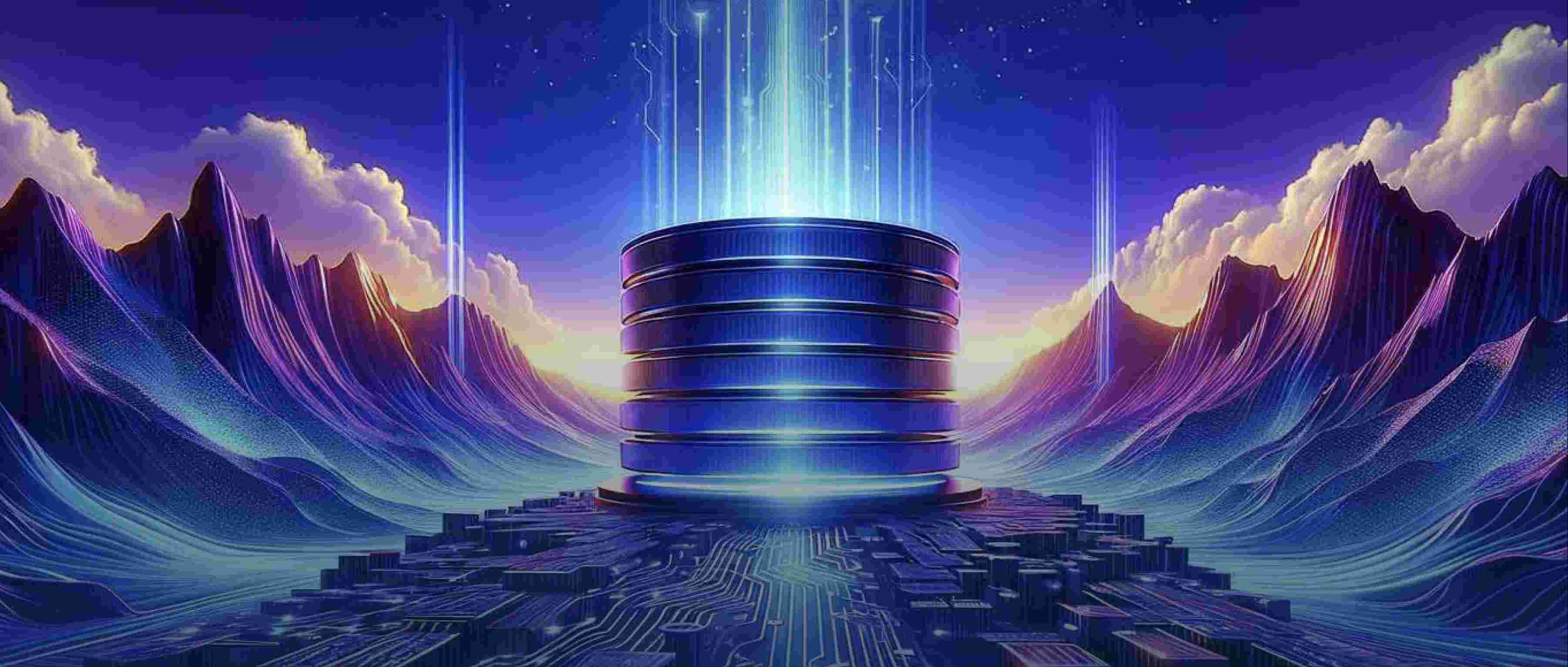A graph database and a knowledge graph serve distinct purposes, although both utilize graph structures. A graph database is primarily a type of database designed to store and navigate data represented as nodes and edges. In a graph database, nodes represent entities (like users or products), and edges represent the relationships between these entities (like friendships or purchases). Examples of graph databases include Neo4j and Amazon Neptune, where the main focus is on efficient querying and management of relationships in large datasets.
In contrast, a knowledge graph is a structured representation of knowledge that emphasizes the relationships and attributes of entities within a particular domain. It often incorporates various data sources and uses ontologies to define how entities relate to one another. Knowledge graphs aim to provide a more semantic understanding of data by capturing not only the entities and their connections but also the meaning and context behind them. For instance, Google’s Knowledge Graph enhances search results by displaying relevant information about a topic, including related entities and their significance.
While graph databases focus on efficient data storage and querying, knowledge graphs prioritize the representation of knowledge and semantics. Developers using a graph database might be interested in optimizing queries to find relationships quickly, while those working with a knowledge graph would focus more on how entities interact and the underlying meanings of those relationships. In summary, graph databases are tools for managing connected data, while knowledge graphs are frameworks for making sense of information in a broader context.
